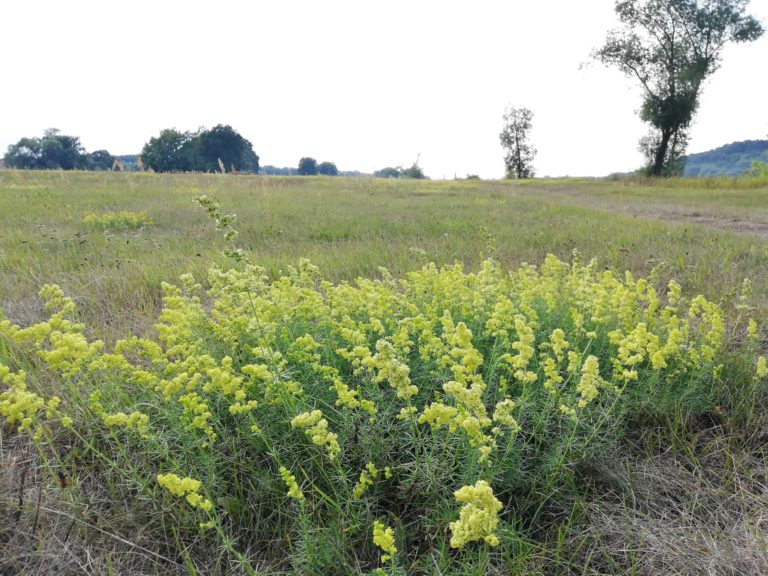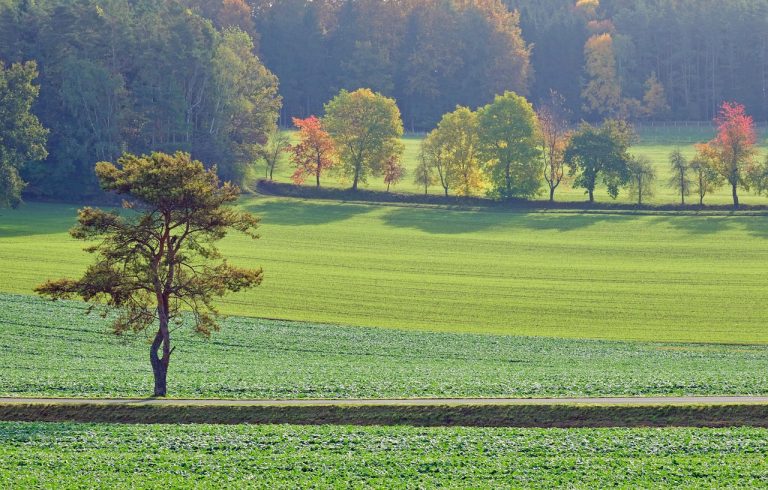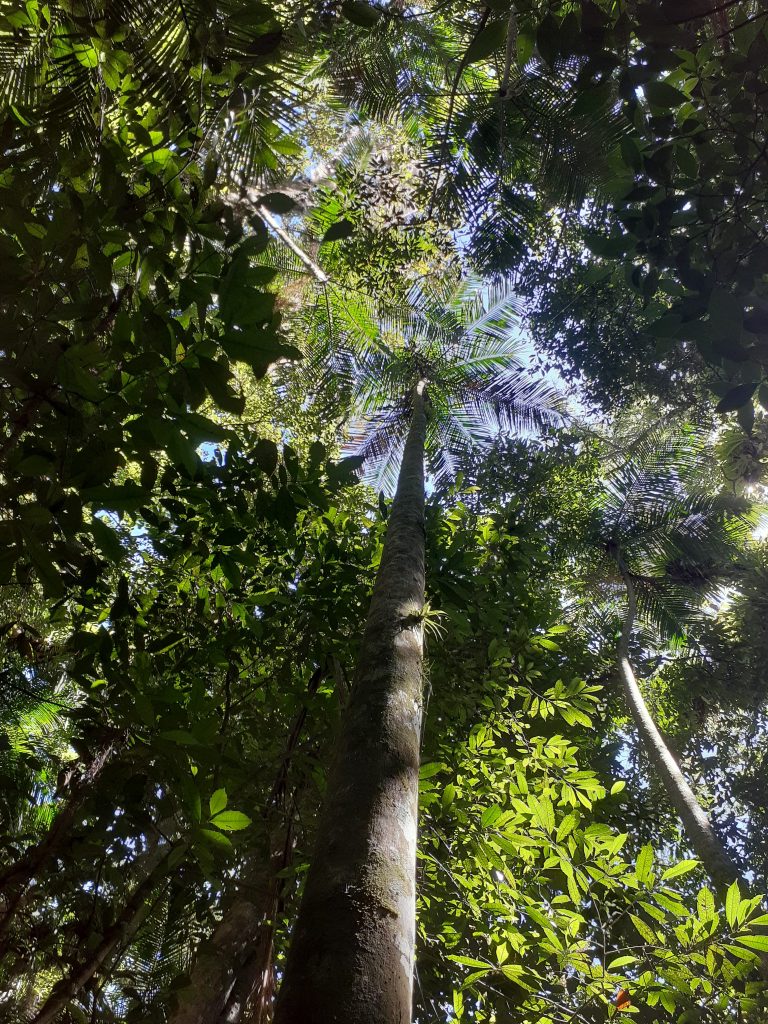What happens when dry steppe meets humid forest? In East-Central Europe, this unusual ecological overlap gives rise to some of the most species-rich ecosystems known on Earth. A recent study by Roleček et al. (2025) maps, defines and characterises these ecosystems, known as peri-Carpathian forest-steppe grasslands, and provides new insight into their composition and biogeographical significance.
Although no researchers from Leuphana were involved in this study, the findings are highly relevant to ecological research at Leuphana, particularly in the areas of plant diversity, land-use history, and biogeography of grasslands.
An ectonal wonder with record-breaking richness
Peri-Carpathian forest-steppe grasslands occur across foothill regions surrounding the Carpathian Mountains, in Ukraine, Romania, the Czech Republic, Slovakia, Austria and Hungary. They host a unique mixture of species typical of dry steppes, mesic meadows, forest fringes and open-canopy temperate forests.
Plot-based vegetation data of the study revealed that vascular plant species richness reaches over 110 species in plots of just 10–16 m², with the current global maximum (119 species in 16 m²) recorded in western Ukraine. Similar values were found in the White Carpathians (Czech Republic) and Transylvania (Romania). These regions are separated by hundreds of kilometres, but ecologically remarkably similar.

What makes these grasslands so special?
The authors of the study use the term “peri-Carpathian forest-steppe grasslands” to describe grasslands previously classified under the Brachypodio pinnati–Molinietum arundinaceae association. This term emphasises both their geographical distribution (around the Carpathians) and their species composition, which blends elements from forest-steppe, mesic grasslands and tall-herb communities.
To precisely delineate this vegetation type, Roleček and colleagues used 60 consensus indicator species, i.e. species repeatedly listed as diagnostic in multiple regional studies. The indicator species threshold (set at a summed indicator value ≥ 50) was used alongside formal definitions to classify vegetation plots. This empirically robust approach allowed the authors to refine previous, sometimes ambiguous classifications.
These grasslands are typically found at lower to middle altitudes on plateaus and gentle slopes (up to 10°), in moderately warm and relatively precipitation-rich climates. The soil is usually deep and well-developed, often over softer sedimentary rocks, such as marls and sandstones. These substrate and slope characteristics help maintain the open, herbaceous structure of the vegetation. Combined with climate and historical continuity, this supports the exceptional species’ richness.
Ancient roots, new meaning
Why do these grasslands harbour such special species richness? One major factor is the long-term persistence of open or semi-open habitats in these regions since the Late Pleistocene and Early Holocene (so, the last 20,000 years of the earth’s history). Multiple lines of palaeoecological evidence, including charcoal, pollen, biomarkers and soil erosion proxies, support the hypothesis that species-rich forest-steppe vegetation persisted for millennia, even through climatically forest-favourable periods.
Importantly, this ancient continuity enabled the coexistence of multiple ecological species groups – from steppe specialists to forest-edge plants – within relatively stable, low-competition environments. Without this ancient species pool, these extraordinarily rich grasslands would probably not exist today.

Not just a matter of nature, but of human land use (and protection!)
A striking commonality across most species-rich sites is their long-standing management as hay meadows, often mown once annually. Traditional low-intensity use (e.g. scything, light grazing or periodic burning) seems to have helped maintain structural heterogeneity and prevent woody encroachment. However, many sites are now threatened by land abandonment, changes in mowing regimes, or shrub encroachment, underscoring the urgency of site-specific conservation strategies.
While similarly diverse communities have been documented in parts of the Central Russian Upland, the Carpathian region currently holds the world record for fine-scale plant species richness. Its grasslands thus offer a globally significant model system for studying species coexistence, ecotonal dynamics, and the interplay between natural and cultural drivers of biodiversity. These outstanding characteristics make it even more important to ensure the preservation of this valuable region.
Are you interested in research and the region and want to find out more? Click here for the full research article: https://doi.org/10.1111/jbi.15069


